Fast and Easy Method to Match Color in Photoshop
An easy yet powerful editor
Numerous effects to choose from
Detailed tutorials provided by the official channel
Photoshop is one such editing tool where we can easily edit our photos and videos. And Photoshop matches can colour in the same image, which is one of the most incredible features of this tool. And in the following discussion, we will be talking about how you can color match photos online with the help of Photoshop.
And lastly, we will be introducing you to another proficient tool that has the perfect feature to help you edit and colour match photos. So, let us get started with our discussion without any further delay.
Part 1 What Scene is Photoshop's Color Matching Generally Used For?
You can match color in Photoshop in just a few simple steps. And as far as the question of what scene can be used for it, you can use any and every photo you want to match the colour for. And the following steps will be noting how you can adjust the color of an image in Photoshop.
Step Open both the images, the one you want to alter and the one you want to change it with. And if it is just one image, open and select that one image.
Step Choose the "Image" and then select the "Adjustment" option. And after you choose the "Adjustment" option, go to the "Match Colour" option. You will be noticing the target photo that you have opted for.
Step You will find the "Image Statistics" portion in the dialogue portion. Opt for the "Source" list and select the image name consisting of the shades and hues you would want your image to be altered. You will notice a thumbnail appearing in the dialogue as you do so. And you will automatically see the colours of the photo have changed.
Step Now use the "Preview" feature to see the photoshop match colour tone, and then you will be done with adjusting the colour!
Part 2 How to perfectly match colors in Photoshop when combining photos
Now, we will be discussing the different steps that will help you match color from photo in Photoshop, with absolute precision and effortlessness. Here is the list of steps that you would need to follow to match skin tone in Photoshop most perfectly.
Step 1 Duplicate the background of the original photo
The first and the most essential step to match lighting photoshop or the colour or any other editing task is to duplicate the background of the original image. The reason for this is that without this step, we might lose out on the original background information, which is essential for the image.
And to duplicate the background of an image in Photoshop, you need to use a few shortcuts of your keyboard. If you are using a Windows device, then the shortcut for this will be "Ctrl+J", and if you are using Mac, then the shortcut will be " Command+J".
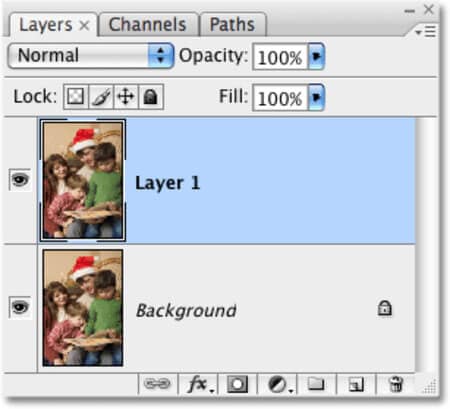
Step 2 Select the Image whose colour you want to change.
Photoshop has several selection tools. Choose one of the many selection tools. You might choose the "Pen Tool" or the "Lasso Tool" or anything else. Select the image with the tool by drawing along the image with the tool. And when you are done with tracing the image with the selection tool of your choice, you will see a border marching around the image.
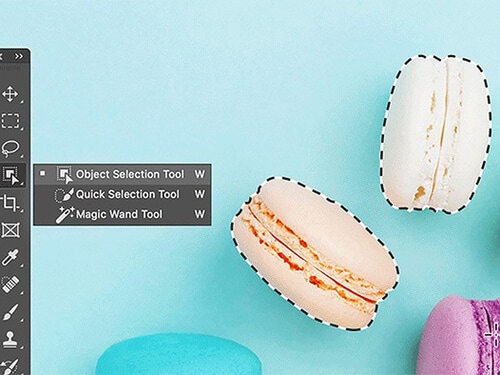
Step 3 Select the area of the second image
You will need the selection tool again. The second image is the one that consists of the colour you would want the original image to match with. So, use the selection tool again to trace out an area in the second picture with the colour you want.
Ensure that you trace out a substantial area with the colour you need. You need not be highly precise with selecting the area. Instead, focus on covering a large area so that you can cover up the different shades and hues of the colour.

Step 4 Move back to the original picture
We will proceed with the "Colour Match" feature in Photoshop, but before that, you must make sure that you have the original image selected. The technical term to use here is "Focus". So, ensure that the original image is in focus.
You can bring the original image into "focus" by clicking anywhere inside the document's window where the original image is present. And that will automatically bring back the focus to the original image.
Step 5 Bring the "Colour Match" command into function
After selecting the original image, reach out to the "Image" option and click on the "Adjustments" option. You will find the "Match Colour" option; click on it.
There are two sections of the "Color Match" option. One is the "Image Statistics" portion, and the other is the "Destination Image". The "destination Image" portion consists of the name of the original image and a few image settings as well. The options include "luminescence", "color intensity", "fade", and "neutralize".
Step 6 Head to the "Image Statistics" portion
The "Image Statistics" portion consists of the "Source" option. It is present in the bottom down part of the "Image Statistics" box. It is a drop-down box, and you will have to click on it. Tap on the small downward arrow beside the "Source" option and then choose the second image where you traced out the area of the colour you would want your original image to have.

Your image might have more than one layer, and if so, you will have to opt for the correct layer from the "Layer" option of Photoshop.
Step 7 Select the correct options in the "Image Statistics" area
In the "Image Statistics" portion, you will find some options, such as "Use Selection in Source to Calculate Colours" and "Use Selection In Target To Calculate Adjustment". You will have to click on this option and agree to them. It will instruct Photoshop to follow these instructions and colour match photos accordingly.

Click on "OK" after doing the changes mentioned above and exit the dialogue box to proceed with the next step.
Step 8 Add "Adjustment Layer"
Go to the "Layers" option and then opt for the "Layers Palette" present at the bottom. Then select "New Adjustment Layer" and click on the "Levels" option.
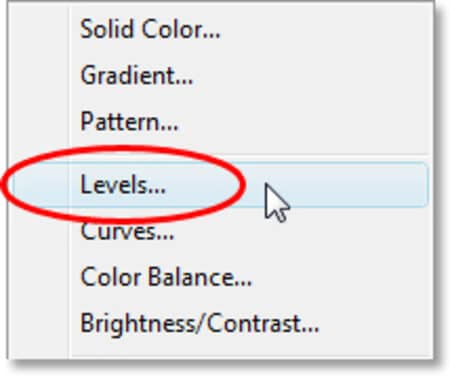
Step 9 Adjust the Pointers
You will find two pointers, one black and the other white. You will have to bring both the pointers to the centre of the line.
Then click on "OK" and exit the box to proceed with the next step.
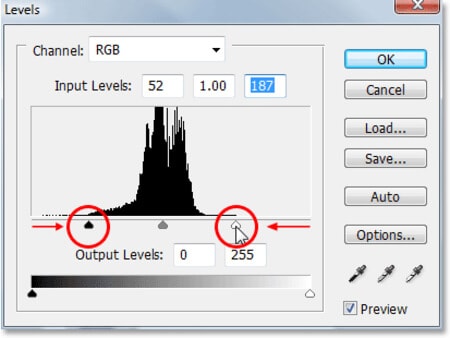
Step 10 Select "Luminosity"
You will find the "Blend Mode" in the "Layers palette". Select the "Blend Mode" from there. You will find it reflecting "Normal", which is the default setting. You need to click on the small drop-down arrow and change the option from "Normal" to "Luminosity".
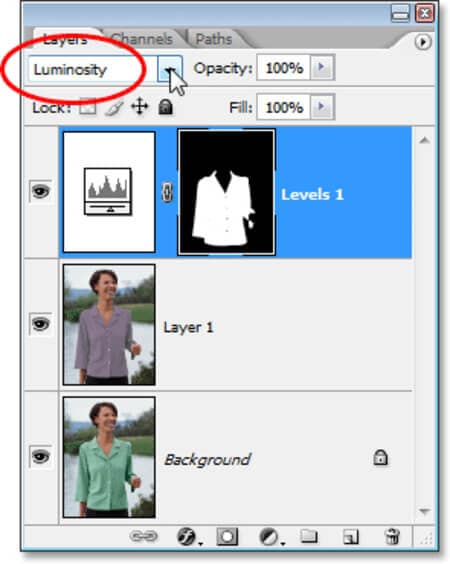
Step 11 Deselect
Now, use the keyboard shortcut "Ctrl+D" if you are using windows and "Command+D" working on a Mac device. And this completes the entire process of colour matching in photoshop.
Part 3 Is There Any Other Ways to Use Color Matching?
You will find numerous other tools that give you the opportunity of editing images and videos. But there are only a few that will offer you the quality of precise and proficient features. And if you ask us whether there are any other ways of using colour matching, we would like to introduce to you one of the best photo editing tools- Filmora 11!
It has an incredible feature of "Colour Matching" that will offer you the ease of altering colours of your pictures in the most effortless way, with the quality of original intact and even sometimes enhanced. And now, we will be discussing the "Colour Matching" feature of Filmora 11.
If you want to change the color of a clipping, then Filmora 11’s "Color Matching" allows you to extract the clip and then match colors in just a few steps.
You can use the filters of this tool, and it allows you to match color from to 10as well. So, the efficiency and quality are incomparable.
It has an adaptive scene change, and no matter in which device you use Filmora to edit our images, it will work with equal proficiency.
● Key Takeaways from This Episode →
● In this discussion, we have enveloped the following topics.
● We discussed the scene in which you can match colors in Photoshop.
● Then we proceeded with the steps to help you use the "Color Match" feature of Photoshop.
● And lastly, we introduced o you to Filmora 1the best photo and video editing tool, and its incredible feature of "Color Matching".



 Be the first to receive discounts and deals
Be the first to receive discounts and deals Access personalized recommendations just for you
Access personalized recommendations just for you Enjoy early access to new features and updates
Enjoy early access to new features and updates